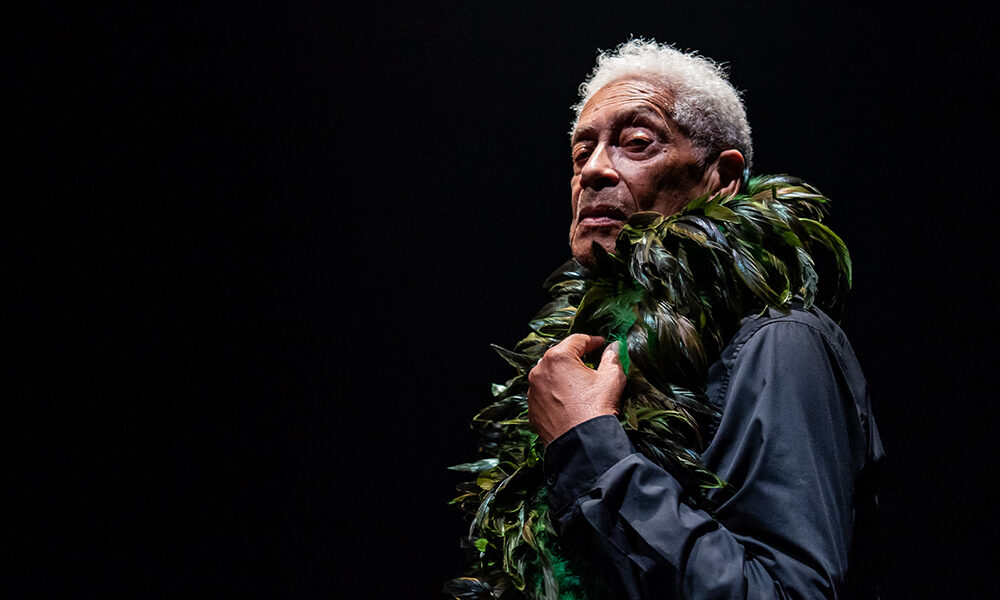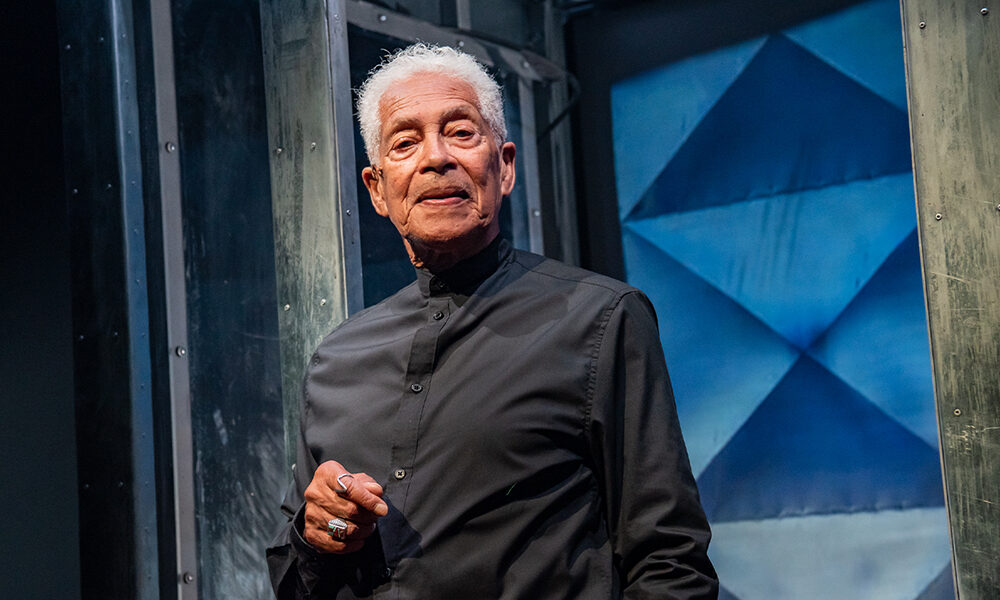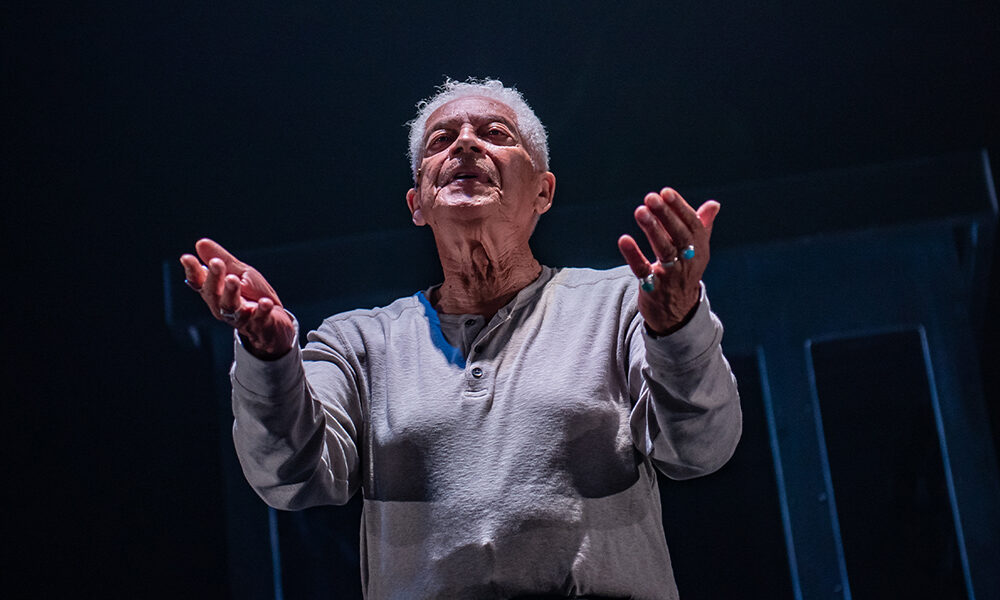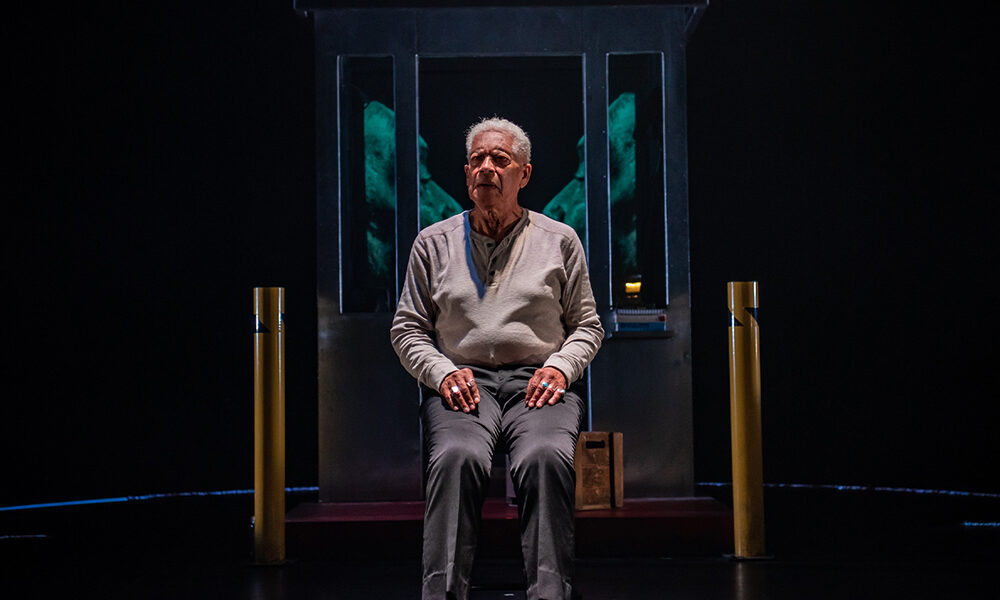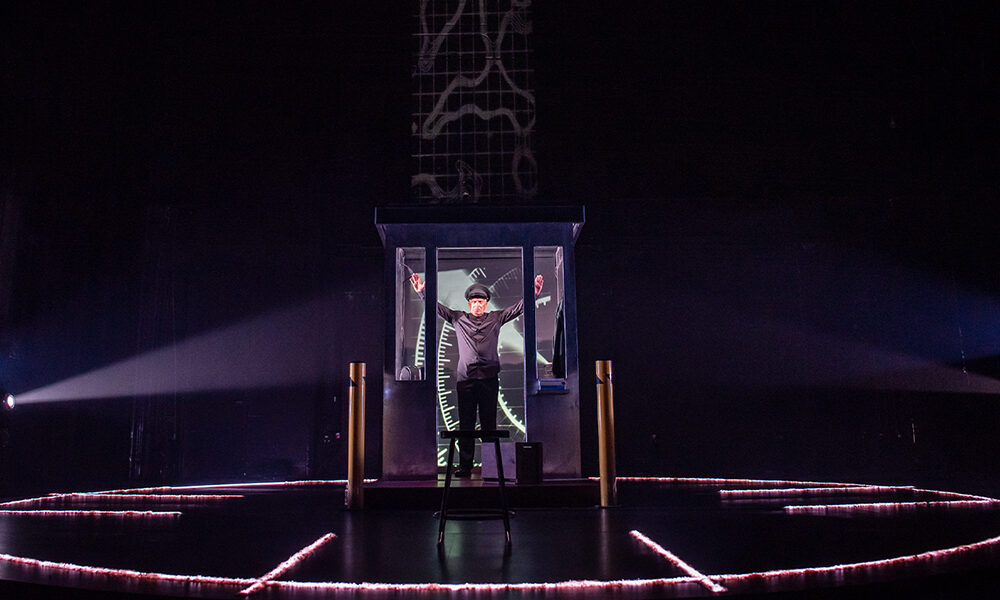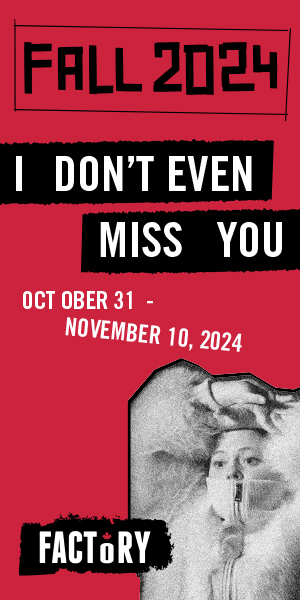Review: Canadian theatre legends collide in ‘The Last Epistle of Tightrope Time’ at Tarragon
Director Peter Hinton-Davis imbues Walter Borden solo show with a hypnotic quality
What: The Last Epistle of Tightrope Time
Where: Tarragon Theatre, 30 Bridgman Ave.
When: Now, until Sun., Oct. 15
Highlight: Designer Andy Moro conjures a dreamscape in which time and sense are fluid
Rating: NNN (out of 5)
Why you should go: Legendary Canadian theatre artist Walter Borden has been working on the piece since 1983.
A NEW WALTER BORDEN SHOW is always worthy of attention. The 81-year-old Canadian theatre artist’s career has spanned more than five decades, earning him induction into the Order of Canada. The same goes for new work from virtuoso theatre director Peter Hinton-Davis, who has helmed over 200 shows since 1984 and was artistic director of the National Arts Centre’s English theatre from 2005 to 2012.
Borden’s autobiographical solo show The Last Epistle of Tightrope Time, directed by Hinton-Davis at Tarragon Theatre, isn’t new. In fact, it’s interesting for the opposite reason: Borden’s been working on the piece since 1983. In its current form, the show is too dense to fully process on first viewing. Borden and Hinton-Davis’s method of packing a lifetime into 90 minutes is more than a little overwhelming. But this initial impenetrability isn’t necessarily a reason to avoid the show — beneath its surface, audience members who enjoy a challenge will find great reefs of meaning.
The play sees Borden transform into 10 different characters, each of whom represents a different part of the actor’s life journey. There’s the “Black Man Talking,” a Griot (keeper of records in traditional West African culture); the “Sphinx,” a teacher; the “Estelusti Spirit,” a guide; along with the “Shadow Folk of the Village,” a group that includes a drag queen, a hustler, a lady of the night, a child and more. Some of these characters pay homage to Borden’s ancestry while others reference his life in the theatre; the dazzling glitz and smoky pain of old-school showbiz haunts the show, making itself felt through snippets of jazz standards (sound designer Adrienne Danrich O’Neill makes lovely use of the song On Broadway”) and American accents. Present, too, are interrogations of age, legacy and tradition.
Despite this rotation of characters, the sturdy actor-presence of Borden is always felt beneath whatever veneer he puts on. This is his story and the characters are there to deepen his connection with the audience, not impede it.
Andy Moro’s set, lighting and projection design are non-literal, a dreamscape in which time and sense are fluid. A metal security booth splits centre stage, creating a symmetrical stage image that’s continued by yellow parking bollards at the booth’s corners and a glowing circle of light on the ground. Projections — on the back wall of the theatre, as well as the booth — feature footage relevant to the text along with videos of Borden himself. Overall, the effect is one of hypnotism.
The dense fragmentation of Borden’s play reminds me of the great stream-of-consciousness novels — Elizabeth Hardwick’s semi-autobiographical Sleepless Nights, especially. Literary critics rightly dote on such works, but there’s a difference here: it’s impossible to go back and reread a performance. The beauty of Borden’s language envelops, but its meaning runs away too fast. The solution, of course, is to go out into the lobby and buy the published play. But then you’d miss Moro’s spectral design and Borden’s personal performance, which are both more than worth seeing. Ultimately, each element of The Last Epistle of Tightrope Time works on its own — and can be deeply appreciated — but, put together, they don’t cohere.

